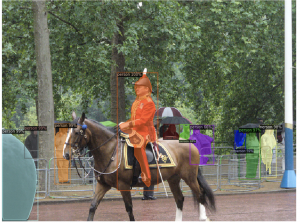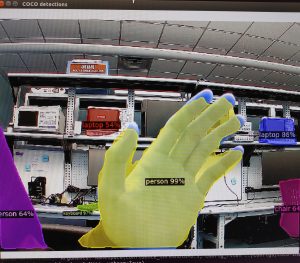This week I taught myself about the delay-and-sum algorithm for beamforming with a linear microphone array so as to understand how delay-and-sum beamforming can be implemented for a circular microphone array (specifically, how we can calculate the correct delays for each mic in a circular array). I have written some preliminary MATLAB code to implement this algorithm, though I haven’t yet run data through it.
This week I also finished writing a testing plan to guide our audio data collection. This plan covers all of the parameters we’ve discussed varying during testing, as well as setup plans for data that we can collect to assess our system’s performance across these various parameters. I wrote up a set of steps for data collection that we can use for all of our data collection so as to have repeatable tests. Additionally, I started working on the Design Proposal document this week.
Currently, I think we are slightly behind schedule, as speech separation has been a more challenging problem than we were expecting. I had hoped to get delay-and-sum beamforming figured out by the end of this week, but I still have some work left to do to figure out how to work with the circular mic array. I hope to have notes and equations to share with my team tomorrow so that Charlie and I can start implementing the speech separation pipeline this coming week. I also didn’t achieve my goal from last week of completing a draft of the Design Proposal, but this is because we decided at the start of the week that the beamforming algorithm was a more urgent priority.
Early this week (goal: Sunday) I aim to finish figuring out the delay-and-sum beamforming equations and send them to Charlie. Once I send those equations, Charlie and I will be able to implement delay-and-sum beamforming with Charlie’s generalised sidelobe canceller algorithm and test how well that pipeline is able to separate speech (not in real time). By mid-week, we will also finish putting together our Design Proposal. I plan to work on a big part of this proposal since I’ve written similar documents before.





